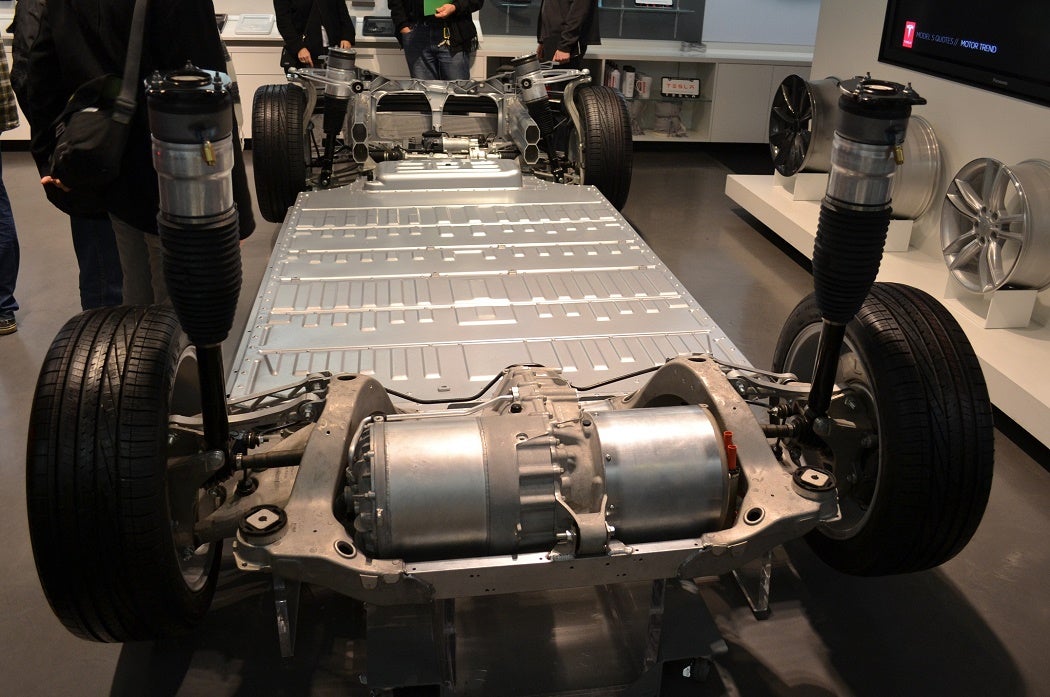Earlier this month, electric car maker Tesla Motors announced it would build a huge battery factory in Nevada. In return, the state will give it $1.25 billion in tax breaks, electricity discounts, and other perks over the next 20 years. In the months leading up to the announcement, the company encouraged five states to compete for the so-called “gigafactory” with attractive deals. Commentators on both the left and right of the political spectrum argue that subsidies designed to lure companies to a particular spot are a bad idea, but practical local politics keeps the deals happening. In Nevada, almost all state politicians support the Tesla deal.
In 2007, Greg le Roy laid out the dynamics at work here in an excerpt from his book, The Great American Jobs Scam: Corporate Tax Dodging and the Myth of Job Creation, published in Race, Poverty & the Environment. Le Roy, director of the nonprofit group Good Jobs First, which tracks corporate subsidies, writes that the spending by states and cities on companies that promise to create jobs adds up to $50 billion a year. With more than 30 subsidy programs in the average state, “almost every big company” has received some of the bounty.
“We must create no-tax zones for factories, say the governors, to be competitive with other states—even though the whole country is bleeding manufacturing jobs and the obvious issue is globalization,” le Roy writes. “We have to create a new Tax Increment Financing district and steal shoppers from neighboring suburbs, say the mayors, to compete for tax base – even though the metro area is strewn with dead malls.”
These kinds of subsidies go back to the Great Depression but ballooned in the 1970s as site location consultants, data analysts, and other specialists sprung up to help companies win perks from states, cities and towns. Through litigation, lobbying, and public relations campaigns, these players created a climate in which governments don’t communicate with each other about the merits of any given subsidy plan.
“States must not be allowed to compare notes to determine if companies are lying about competing subsidy bids or cheating on their income taxes,” le Roy writes. “Instead, states must only be allowed to compete to see who will tax the least, or who will give the biggest tax gift to a trophy deal.”
The outcome is a race to the bottom, reducing funding for local needs, particularly schools. Meanwhile, after receiving packages from local governments, many companies pay poverty wages, fail to create the jobs they promised, or just move positions from one place to another.
Tesla claims its factory will offer as many as 6,500 manufacturing jobs, and Gov. Brian Sandoval has expressed confidence that the deal will “change Nevada forever.” That prediction will be tested in coming years and decades. What we’ll never know is whether the bidding war for Tesla made any difference in what it ended up doing.







